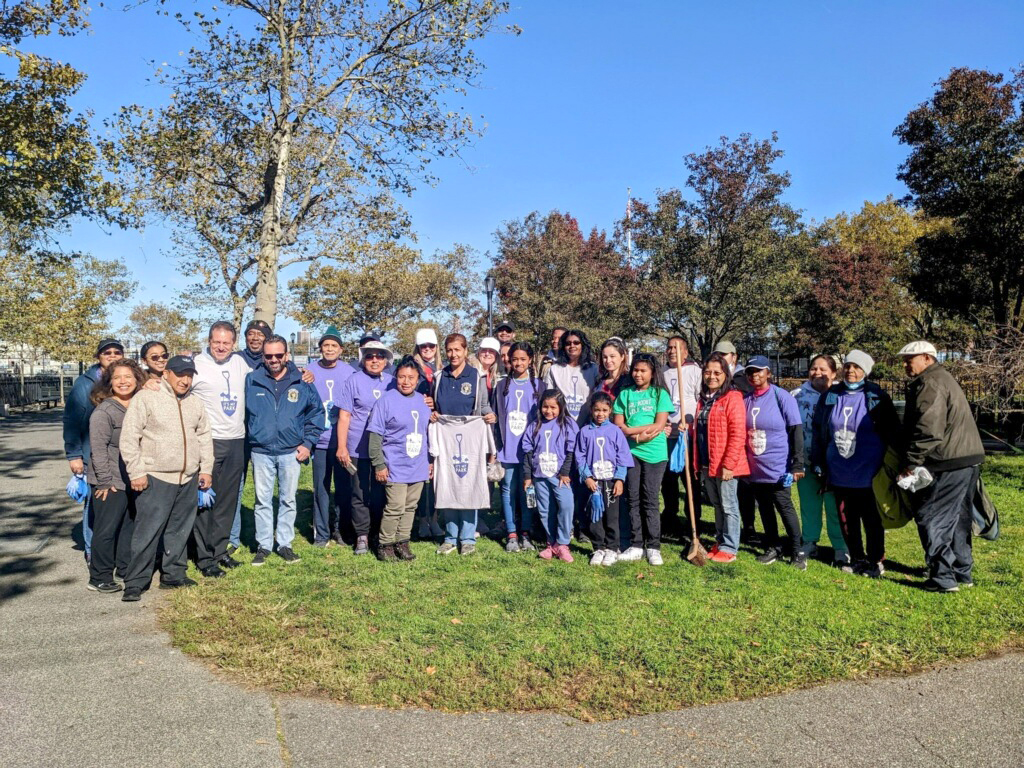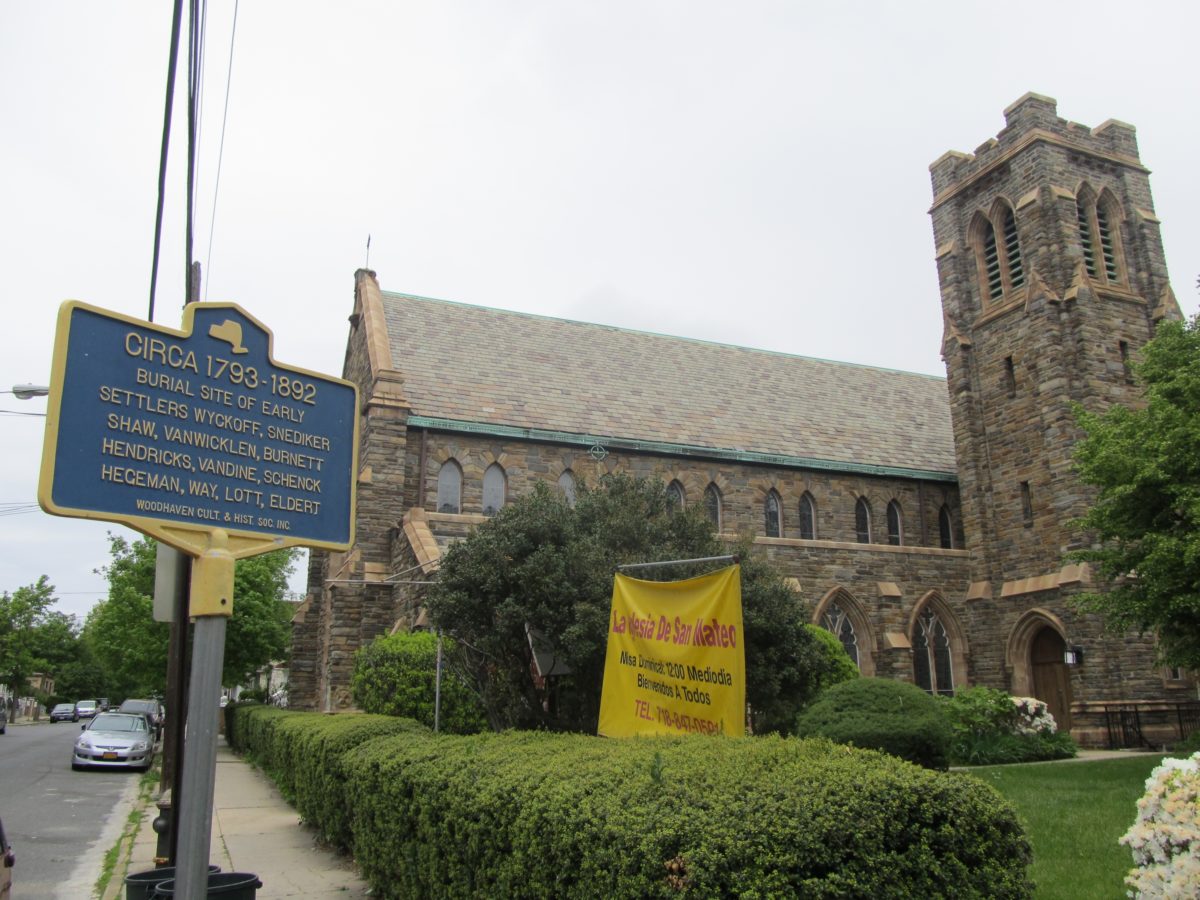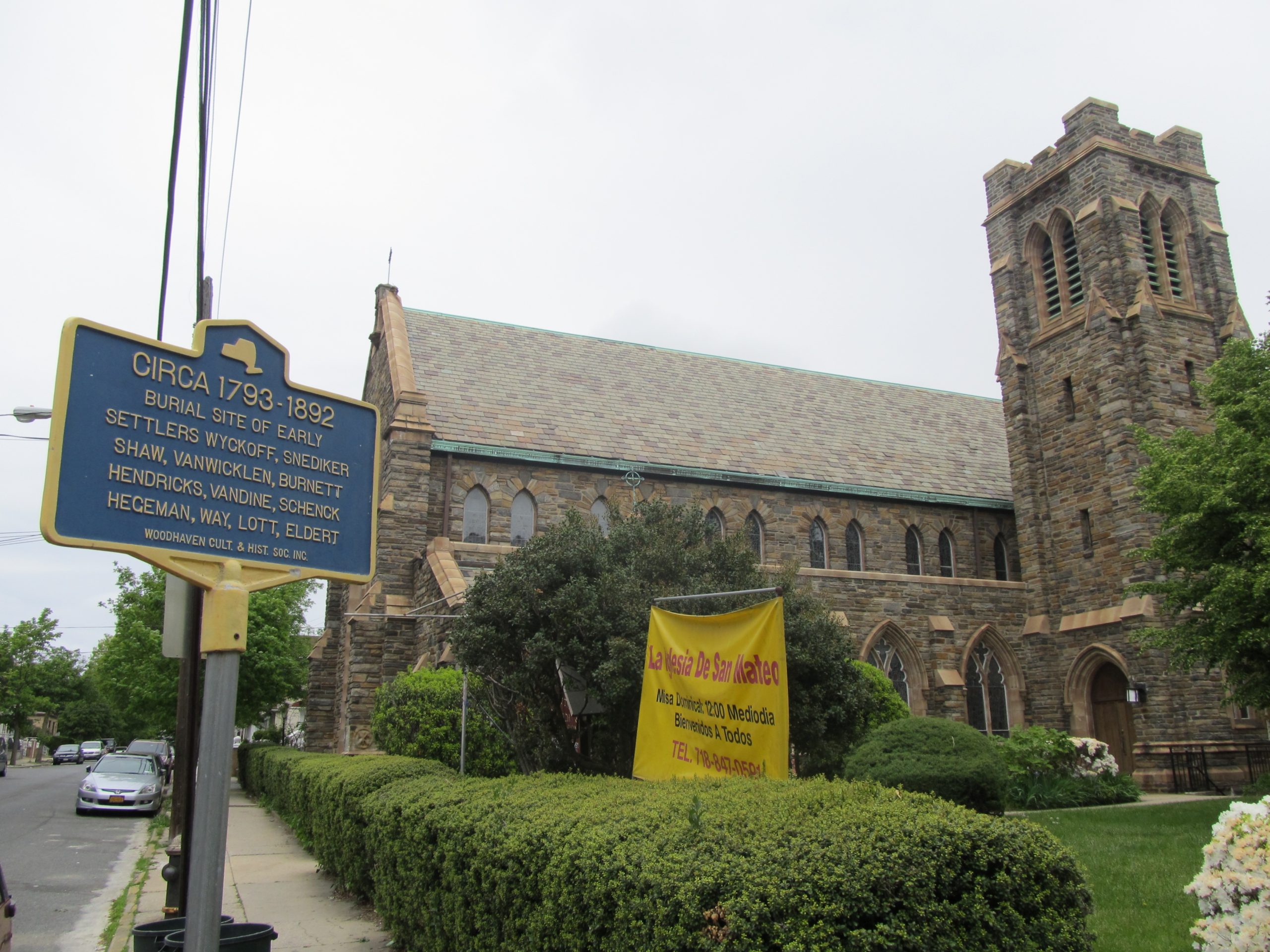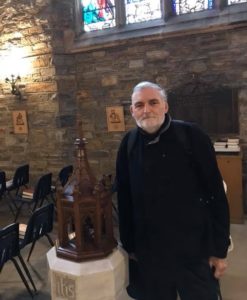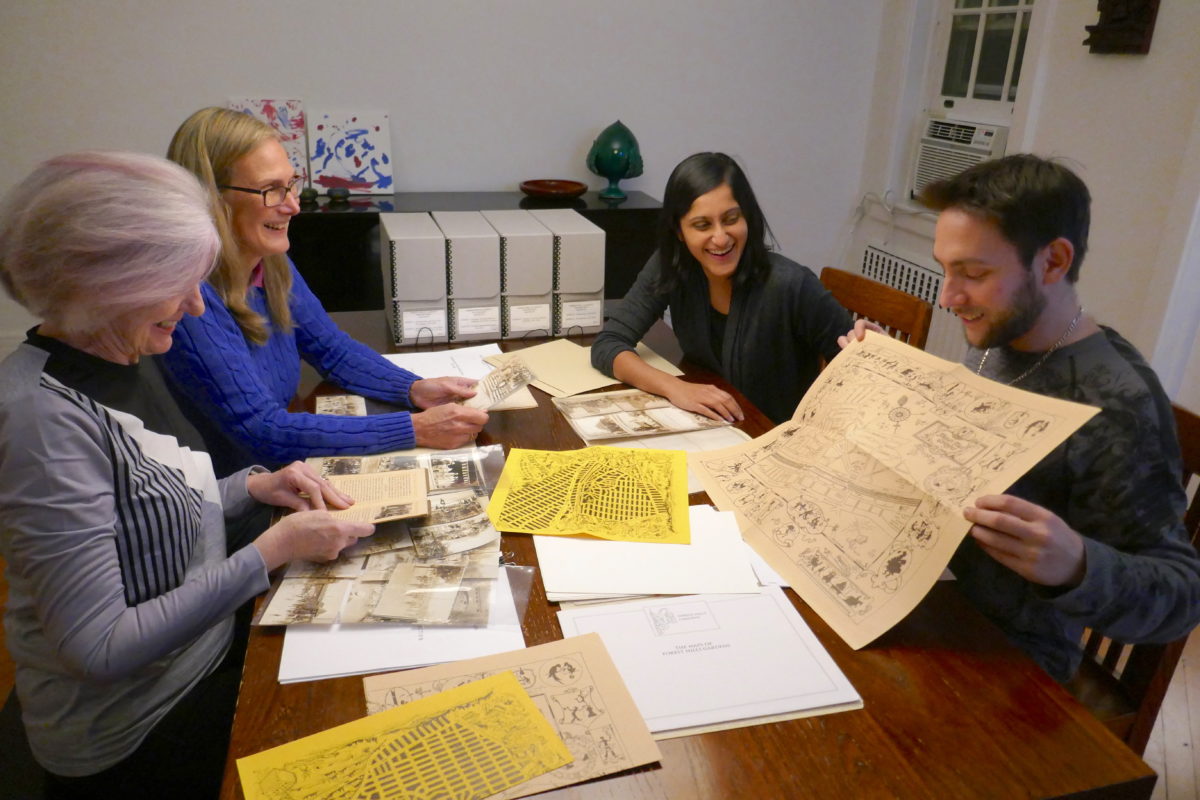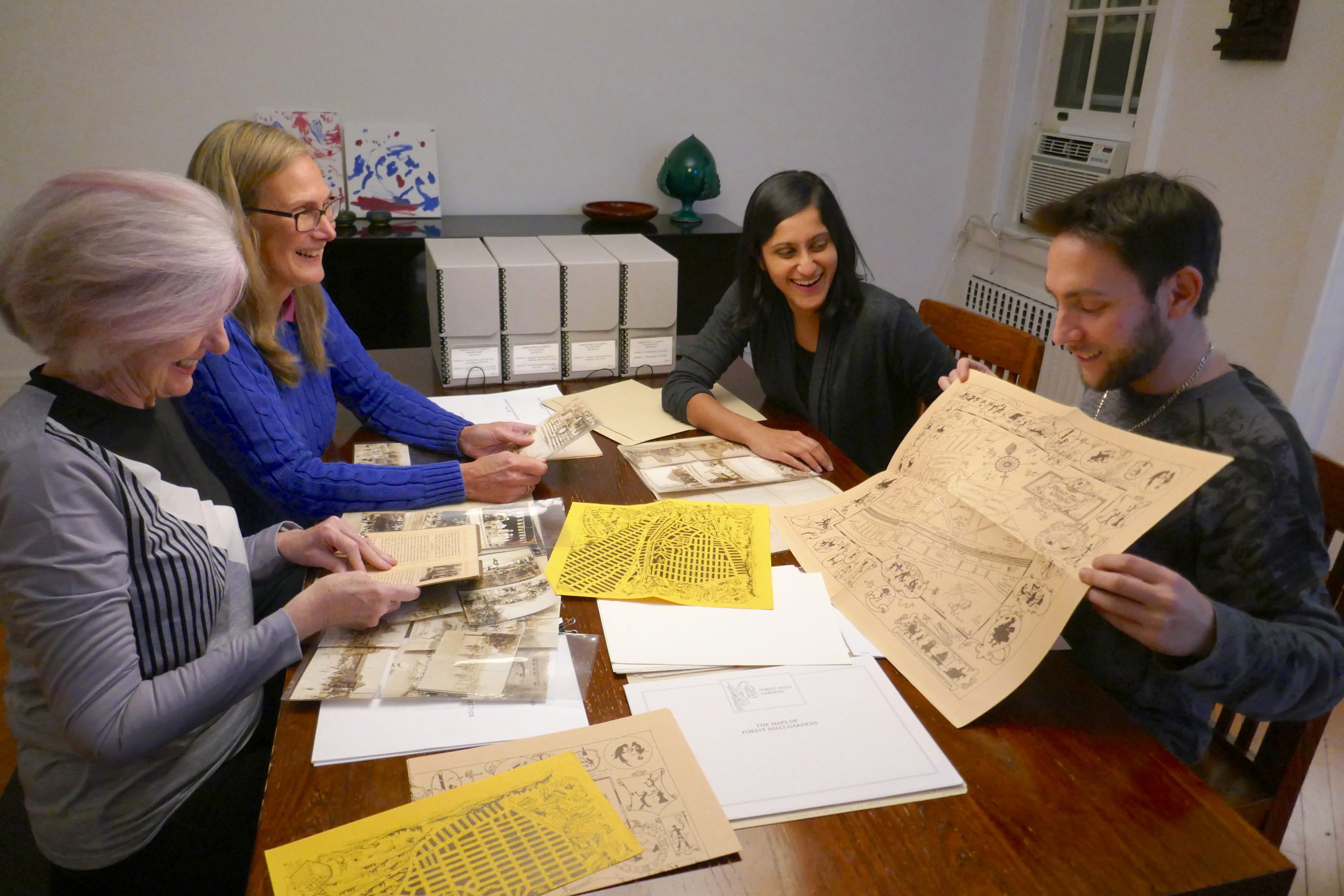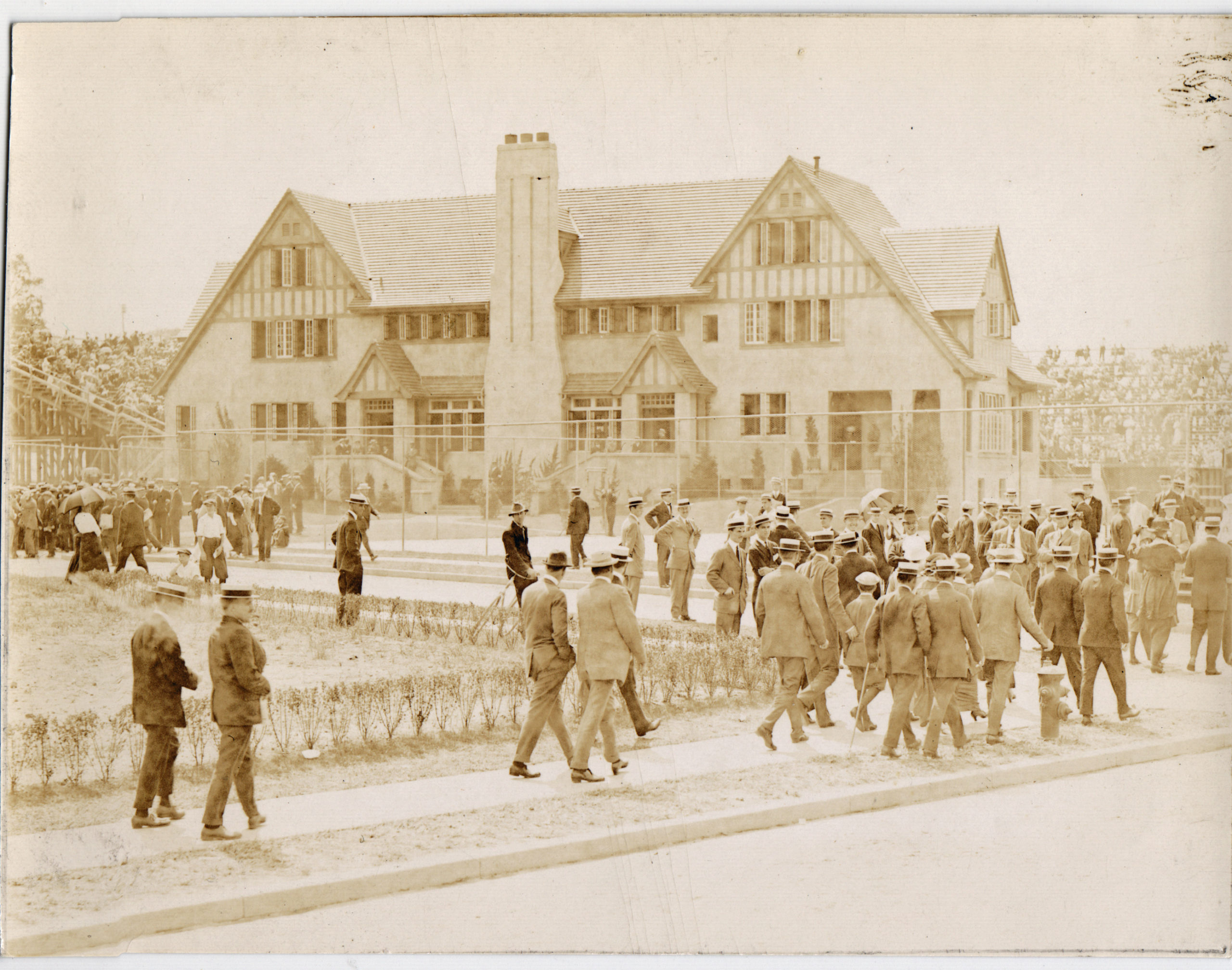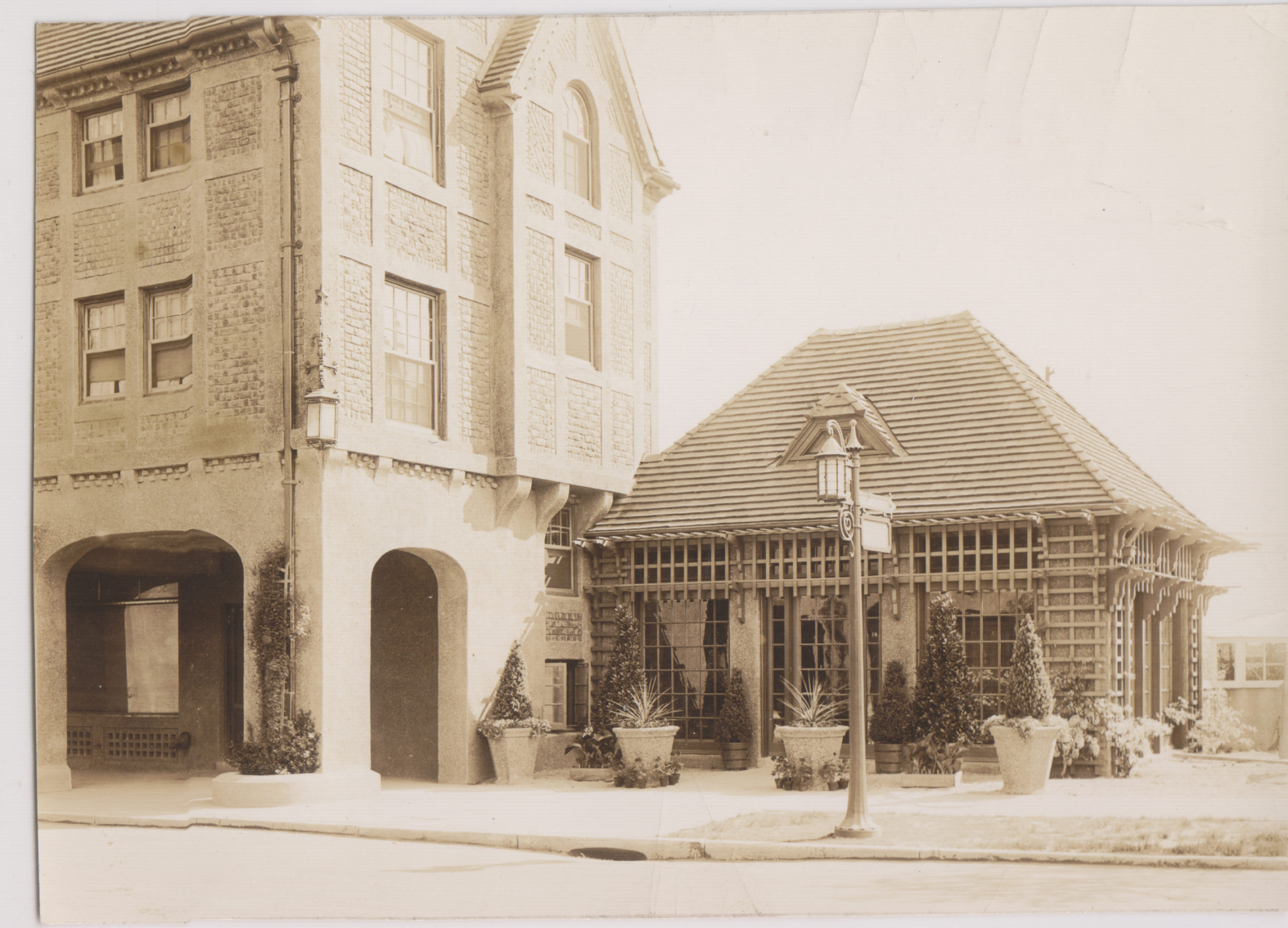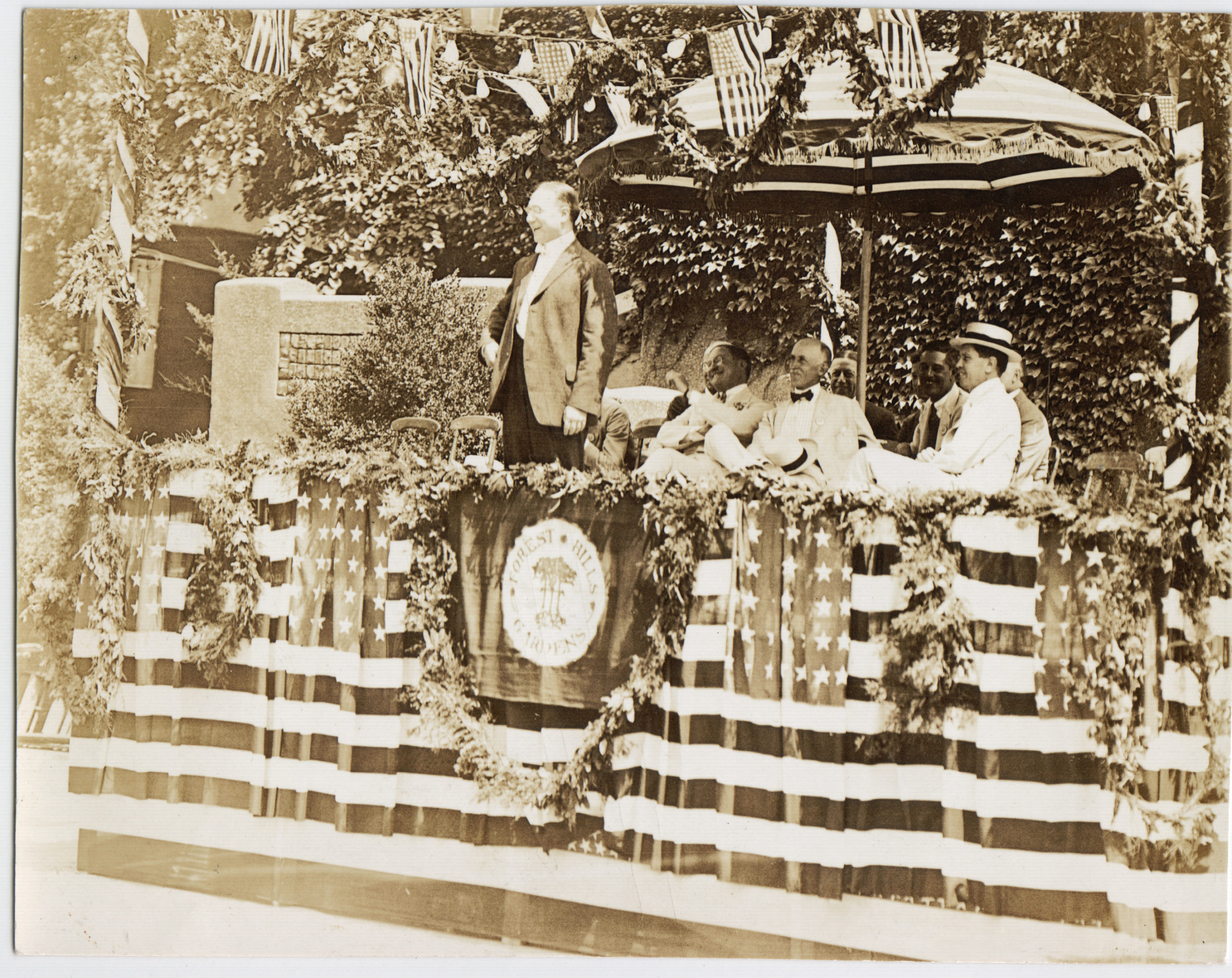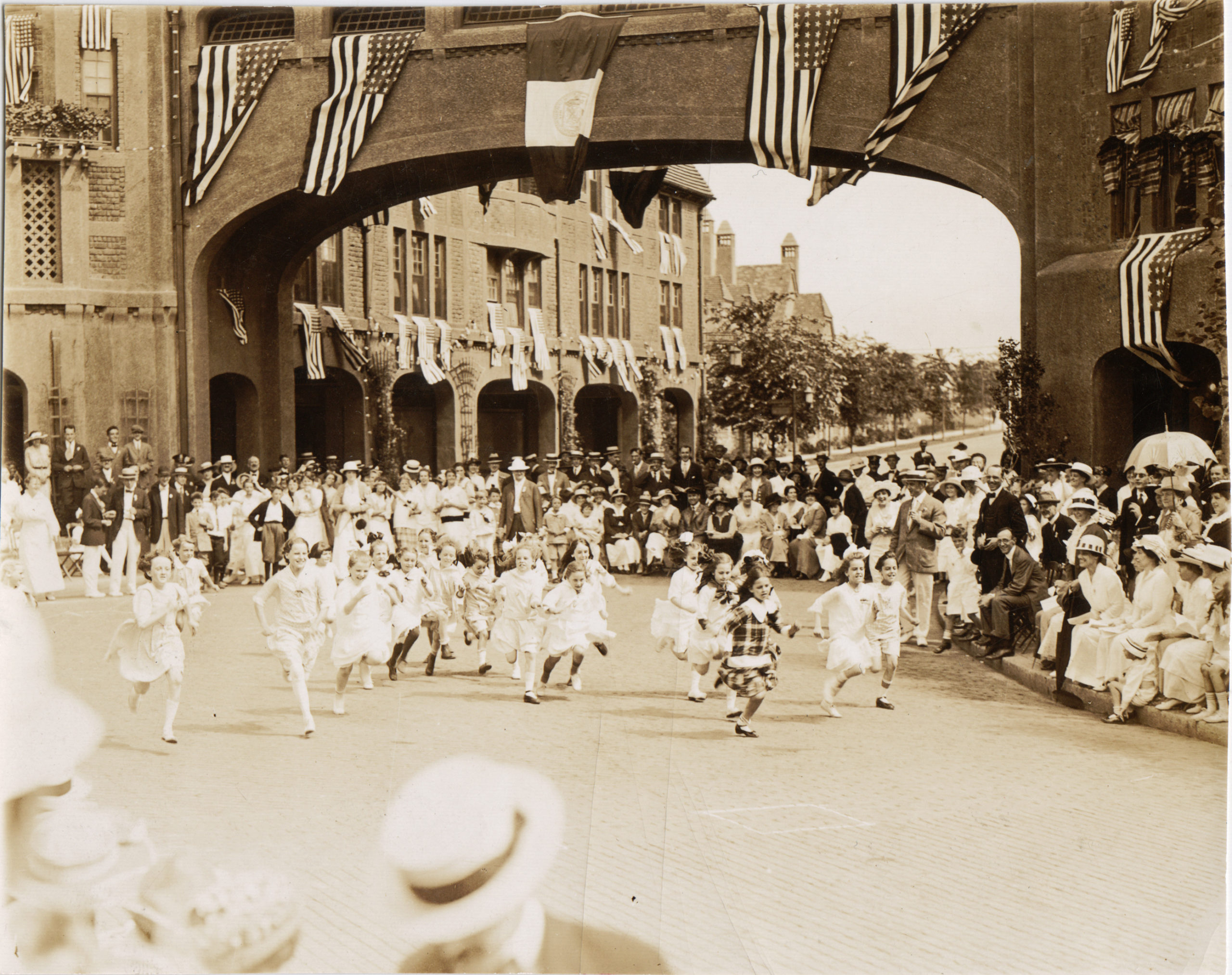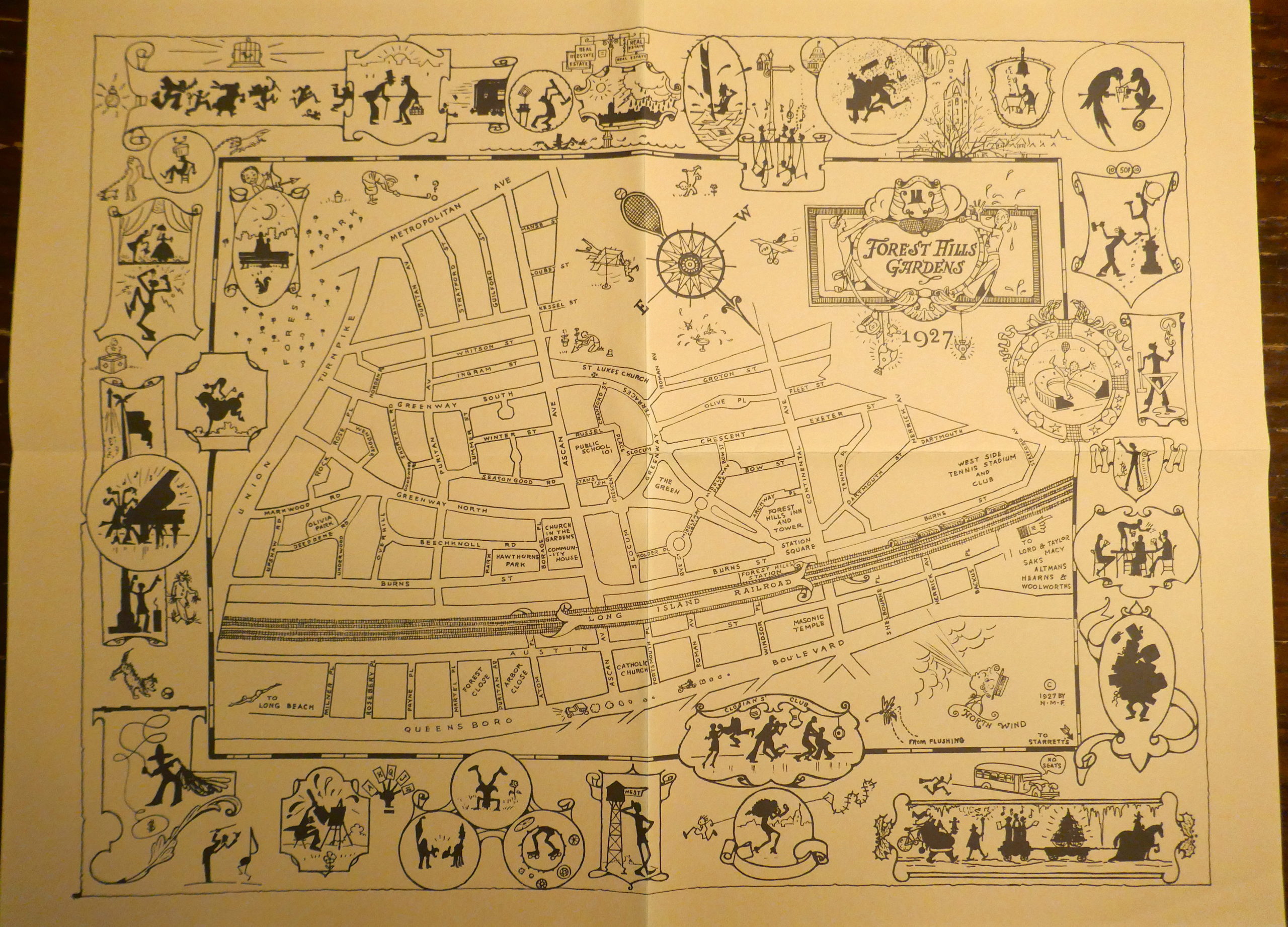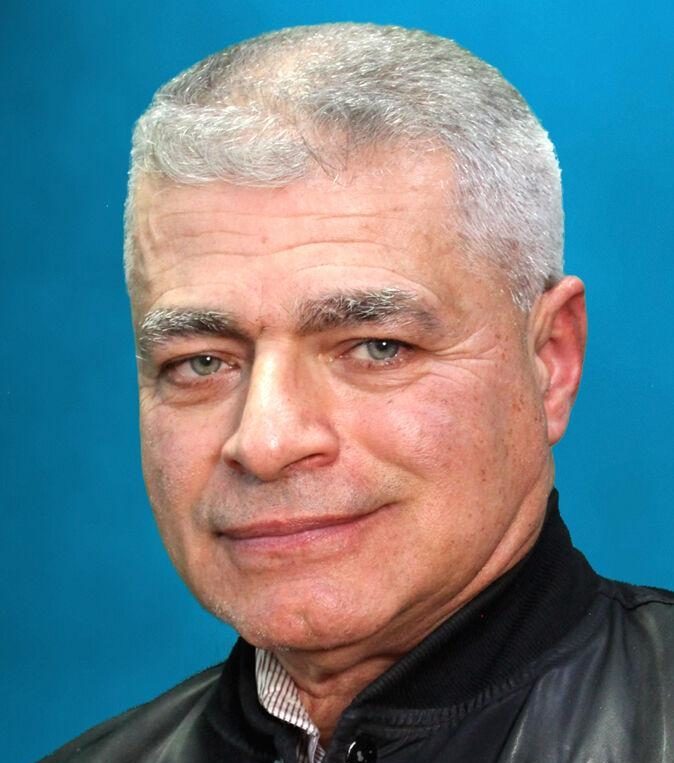2022 Election Profile: Michael Conigliaro runs for AD28
‘I’ve touched every part of the district’
By Jessica Meditz
jmeditz@queensledger.com
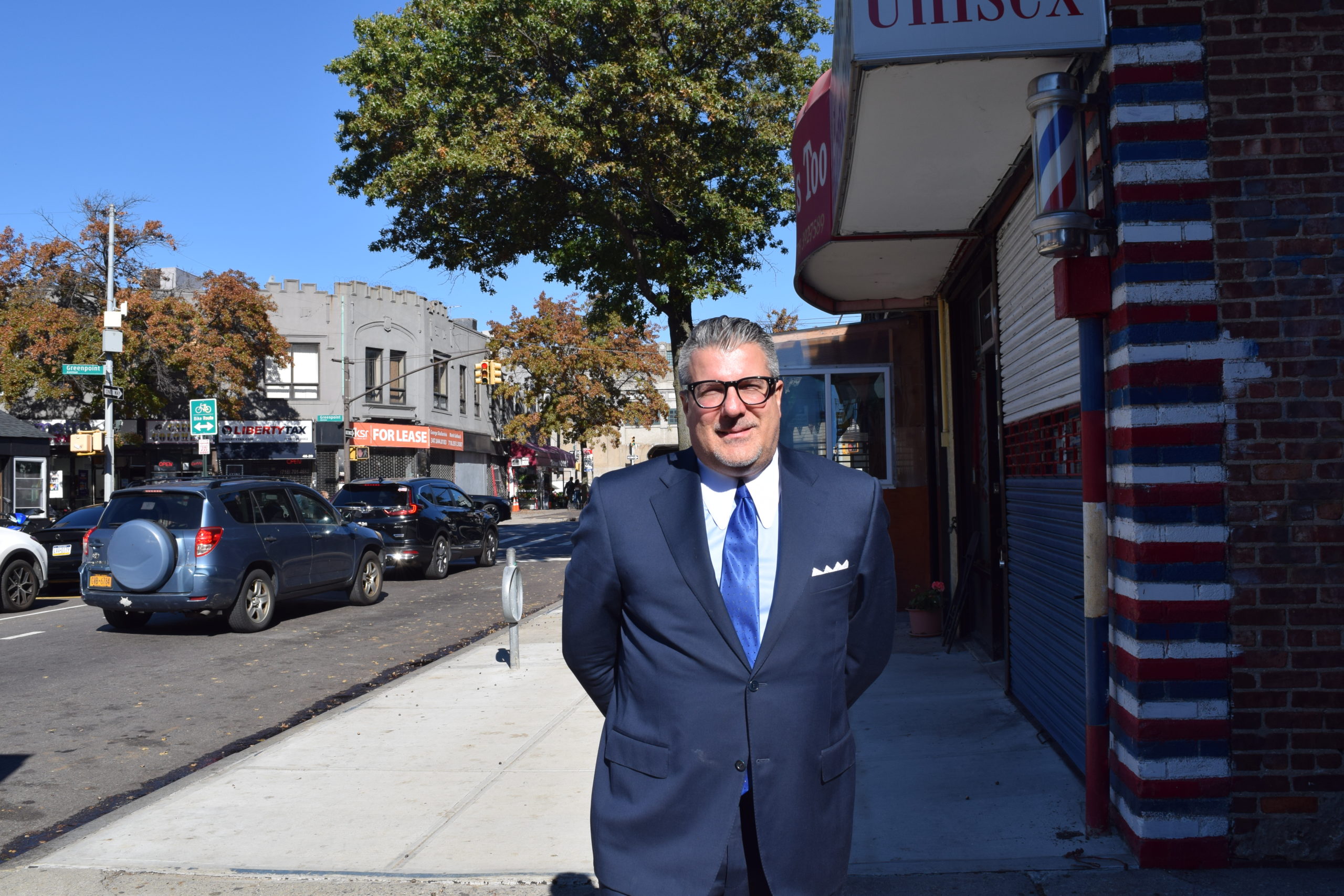
Michael Conigliaro challenges Andrew Hevesi in Assembly District 28.
Republican challenger Michael Conigliaro hopes to win big next week against incumbent Andrew Hevesi in the race for Assembly District 28.
The district encompasses parts of Forest Hills, Rego Park, Ridgewood, Richmond Hill, Middle Village, Glendale, Maspeth and Kew Gardens, the latter of which was recently gained due to redistricting.
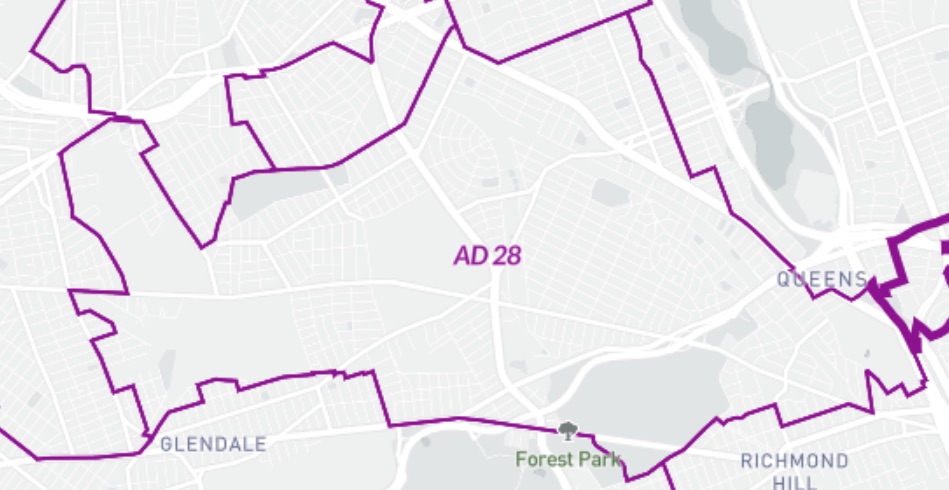
The boundaries of Assembly District 28. Photo: Redistricting and You: New York, Graduate Center of Cuny.
If elected, Conigliaro, 53, strives to focus on the issues of crime, small businesses and education within the district.
Reflecting on the fears he’s heard from residents about crime, he feels that the bail reform legislation passed in 2019 should be repealed in its entirety.
While he understands that he cannot get that done alone up in Albany, he would use a person-to-person approach to work with fellow Assemblymembers.
“I’d like to meet all of my fellow representatives in the state legislature and say, ‘Look, let’s take our political hats off as human beings. Look in your district,’” he said. “‘Can you tell me the people in your district right now don’t have the fear that the people in my district have?’”
Conigliaro is a proponent of using the funds allocated for community-based jails, such as the one being constructed in Kew Gardens, to improve Rikers Island instead.
He would take a tour of Rikers to see firsthand the problems it has, utilize his ability to get state money and work with City Councilmembers to advocate against jails in neighborhoods and for keeping Rikers open.
“Nobody wants a jail in the neighborhood. Nobody wants a homeless shelter. But these things have to be discussed, and there’s ways to figure them out,” he said.
“I believe that Rikers can be fixed, because it’s waterfront property. There’s other reasons why they want to take that place, close it and then put local jails. But I believe, when you look at the situation is in our neighborhoods…You’re really taking those neighborhoods now and you’re also hurting the fact that people are gonna say, ‘It’s open, I’m leaving,’ property values will drop, businesses will close and the domino effect is only bad rather than looking at the options.”
He shares the same sentiment for homeless shelters in the community, namely the men’s shelter located on Cooper Ave. in Glendale. As a civic leader, he has experience volunteering at faith-based homeless shelters, and supports them as a solution to homelessness.
Citing the 238 percent increase in 9-11 calls within Glendale as a result of the shelter, Conigliaro suggested that it poses a threat to the five schools within the immediate area.
Given his experience as President of the Community Education Council – District 24 school board, ensuring that children get the education they need is of utmost importance to him.
The matter includes protecting students by prioritizing school safety and rewarding students for good merit rather than on a lottery basis.
“I had parents calling myself and Superintendent [Madelene] Chan saying that their child is a straight A student, but didn’t get into any high schools because of this tiered lottery system rather than merit-based,” he explained.
“What you’re seeing is that a lot of children’s self-esteem are being affected by the fact that they’re saying, ‘I work hard, I want to get into a good school and I didn’t,’” he continued. “If you start creating a lottery rather than merit-based, you’re going to have children who are there via politics rather than merit, and the ramifications of that are really hurting the children because if they don’t make it at that school, you’re now creating another self esteem issue.”
Regarding small businesses, Conigliaro said that as a result of crime, inflation and the COVID-19 pandemic, local businesses have seen a decline.
In an effort to rectify this, he would like to find a way to give small businesses an incentive to come into the area by offering a small moratorium on the sales tax.
As for where he feels state money should be allocated in the district, areas such as infrastructure and assisting small businesses and homeowners come to mind, but he would ultimately like to conduct a study to figure where funds are most needed.
If given the choice of which committee in Albany to serve on, Conigliaro said he would choose Veteran Affairs.
“We have migrants coming in right now because New York is a sanctuary city, but we have veterans who served in all wars and many of them are out there with PTSD. They’re homeless, they’re jobless and they need our help,” he said.
He would look to work with Mayor Eric Adams and the City Council to provide homes to veterans in need.
Utilizing funds from the city’s Homeless Services Budget, his goal would be to set up facilities for them in buildings that have been foreclosed.
“When you see a homeless veteran out there, and they should all be thanked for their service, I just feel like [they] fought for [their] country, and now [they’re] home. If you need us to work with you and give you assistance for something, and some of them may not even be able to ask for it…I want to be a voice for them, and I want to utilize my skills to work to improve their quality of life.”
Conigliaro said that if elected, he would work in unison with colleagues, regardless of party affiliation, focusing solely on issues that impact the people they serve — whether it be education, crime, tax issues, the environment or quality of life.
He feels similarly in regard to constituents who may not agree with him on every issue, such as abortion — being he’s pro-life.
“That issue and my opinion on it, quite frankly, should not stop someone from supporting me because of what I want to do about crime…about education…about property taxes…about our veterans and homelessness,” he said. “We can agree to disagree, but let’s work on the other things we can agree on, because you’re never going to agree on everything.”
He also understands the value of an elected official who’s transparent and accessible to constituents, which he said he will follow through on.
Since he’ll be new to the State Assembly, he feels that up in Albany, he can serve as a unifier — bringing a new perspective.
For this reason, Conigliaro feels that seats in the Assembly should be term-limited to two four-year terms, just like presidential term limits.
Furthermore, he is no stranger to running for election, having gone up against incumbent Joseph Addabbo for State Senate twice, and Lynn Schulman for Council District 29.
He is aware of the fact that Democrats outnumber Republicans in the district between eight and 10 to one. However, he continues to be approached by residents who say they didn’t vote for him in the last election, but will vote for him this time around.
“People are telling me that they now see what I’ve done on CEC 24, what I’ve done as a civic leader in general. I was the president of the Queensborough Community College Alumni Association, I’m with the Knights of Columbus…I do things for people in the community on a daily basis without being elected, and people see that,” he said.
“I don’t cry over spilt milk, but I think that the experience from those races has led me now for enough people to say, ‘I think it’s time to give Mike a shot.’”
Conigliaro’s first two years of life were spent in Ridgewood, he grew up in Kew Gardens, lives in Rego Park, has close friends in Glendale and went to high school in Richmond Hill.
He has two young daughters, aged 14 and seven, whom he raised while attending Concord Law School online, studying while they slept, and even in bathrooms during family trips.
“I’ve touched every part of the district,” he said. “We really have a beautiful district; we have parks, we have different civic associations…District 24 and 28 are really great school districts with good school superintendents,” he continued.
“People love living in any one of these neighborhoods in the district, and I think I can lead it well.”



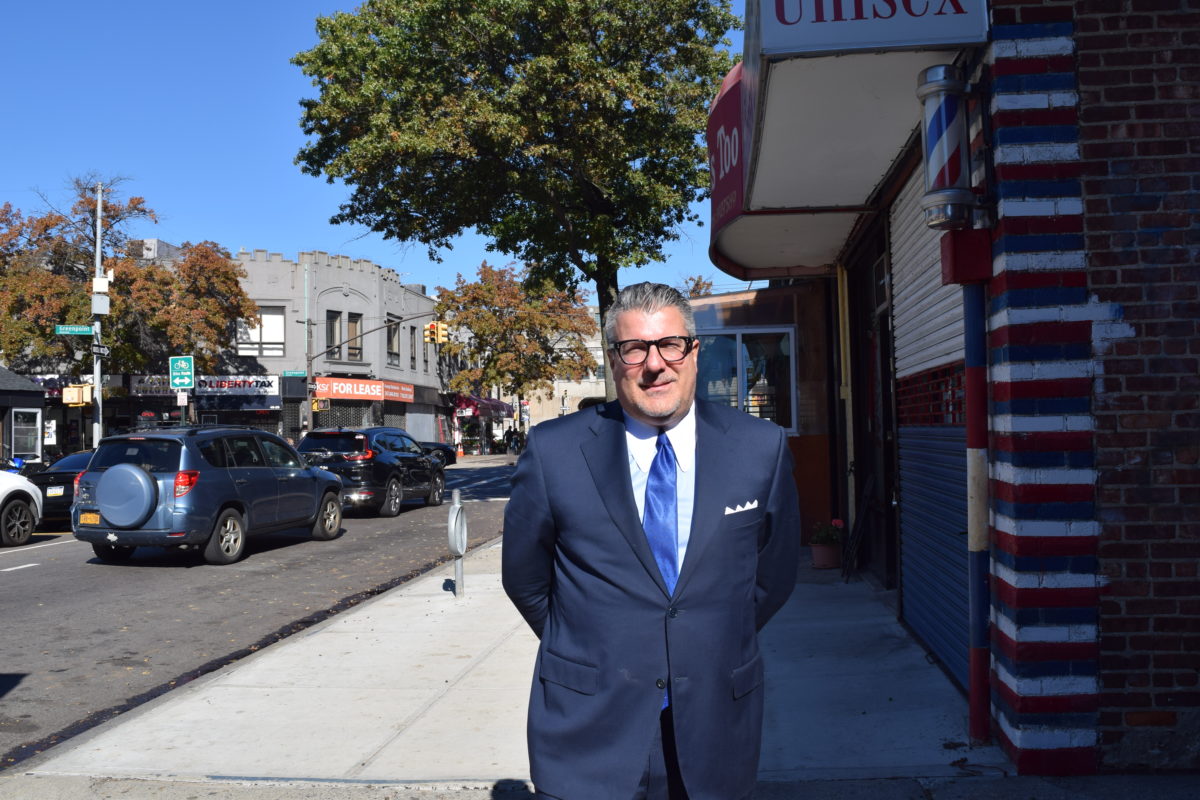
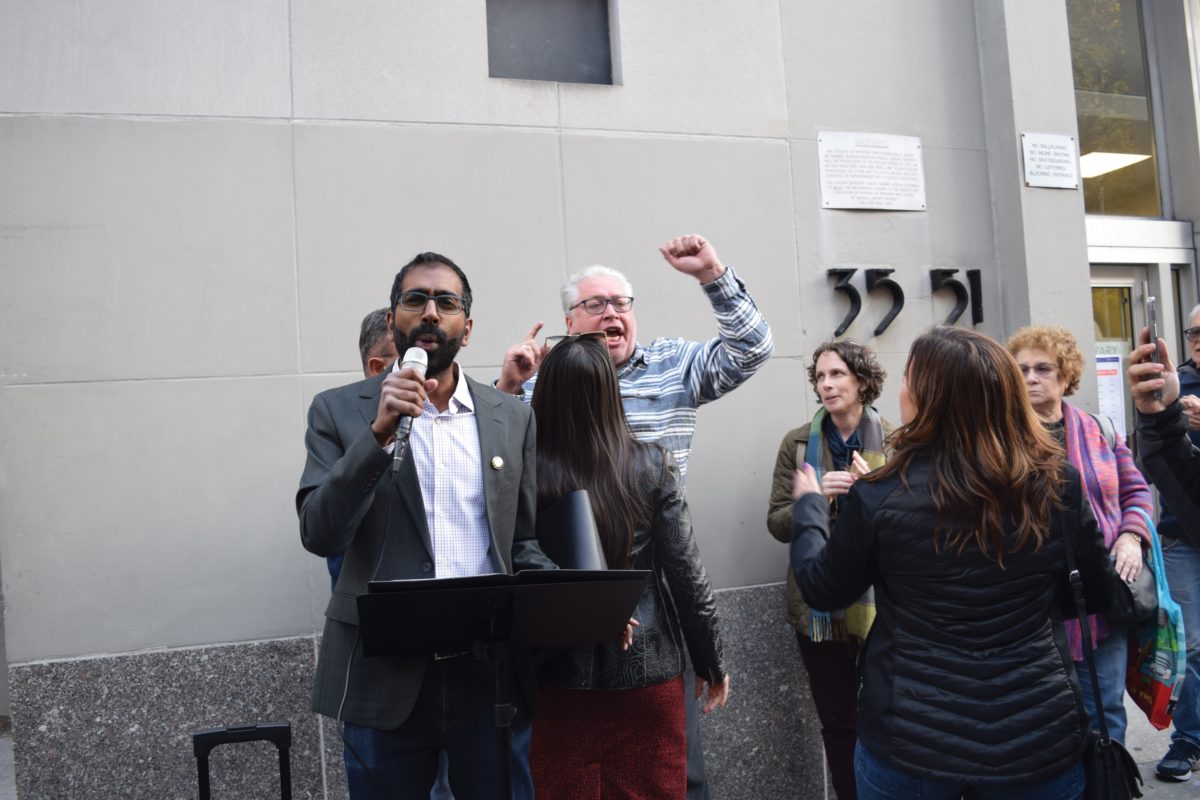
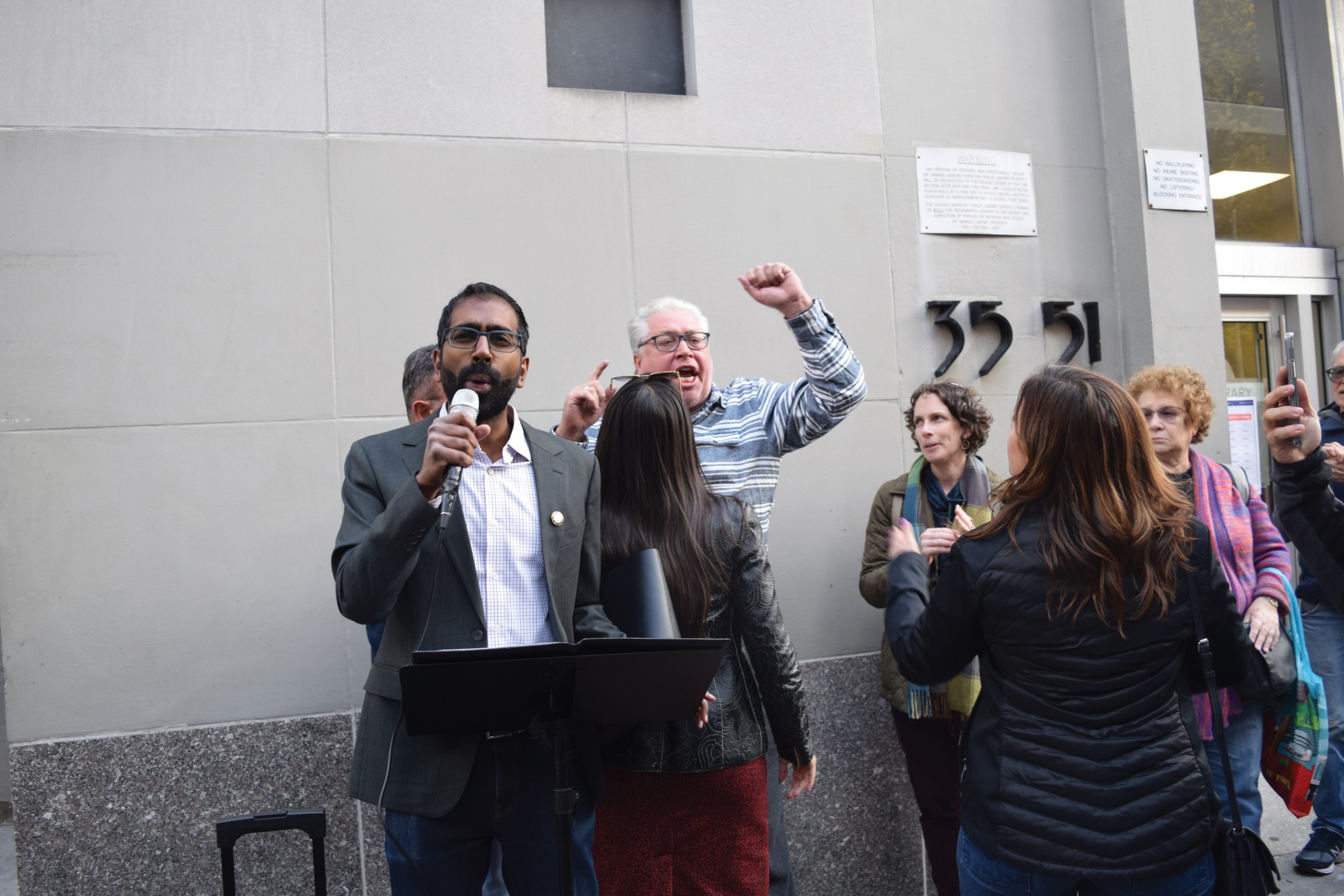
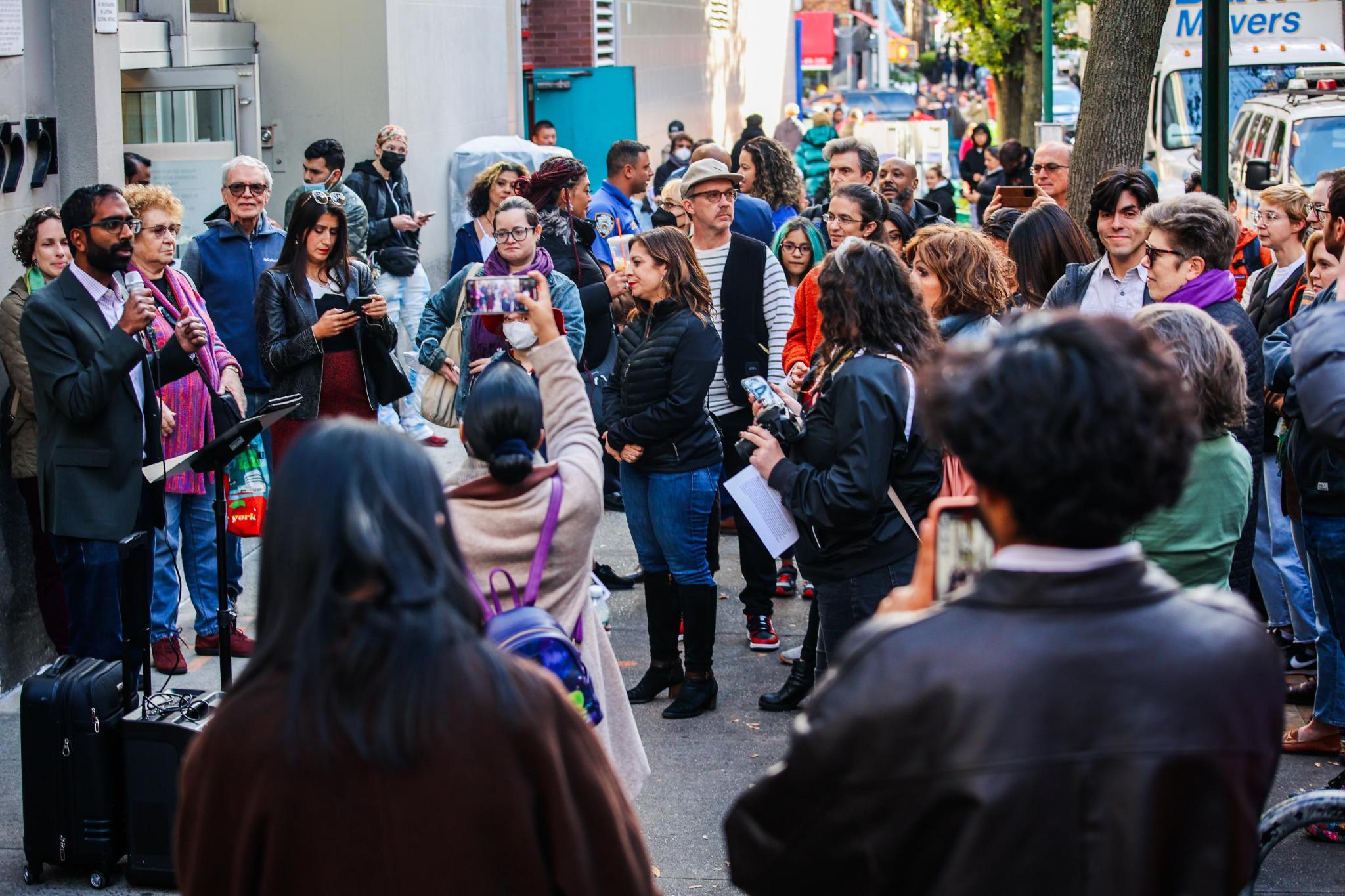
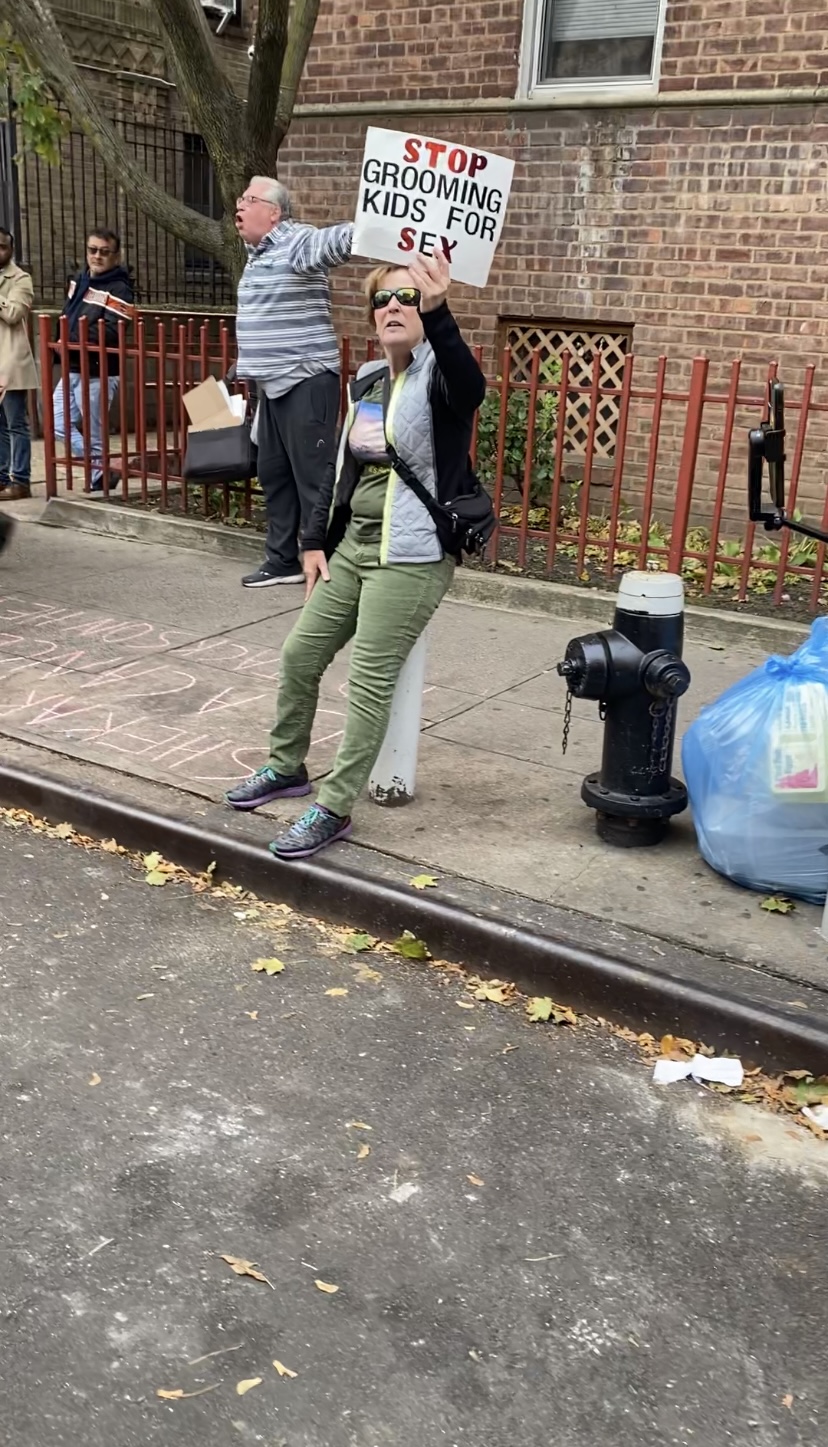





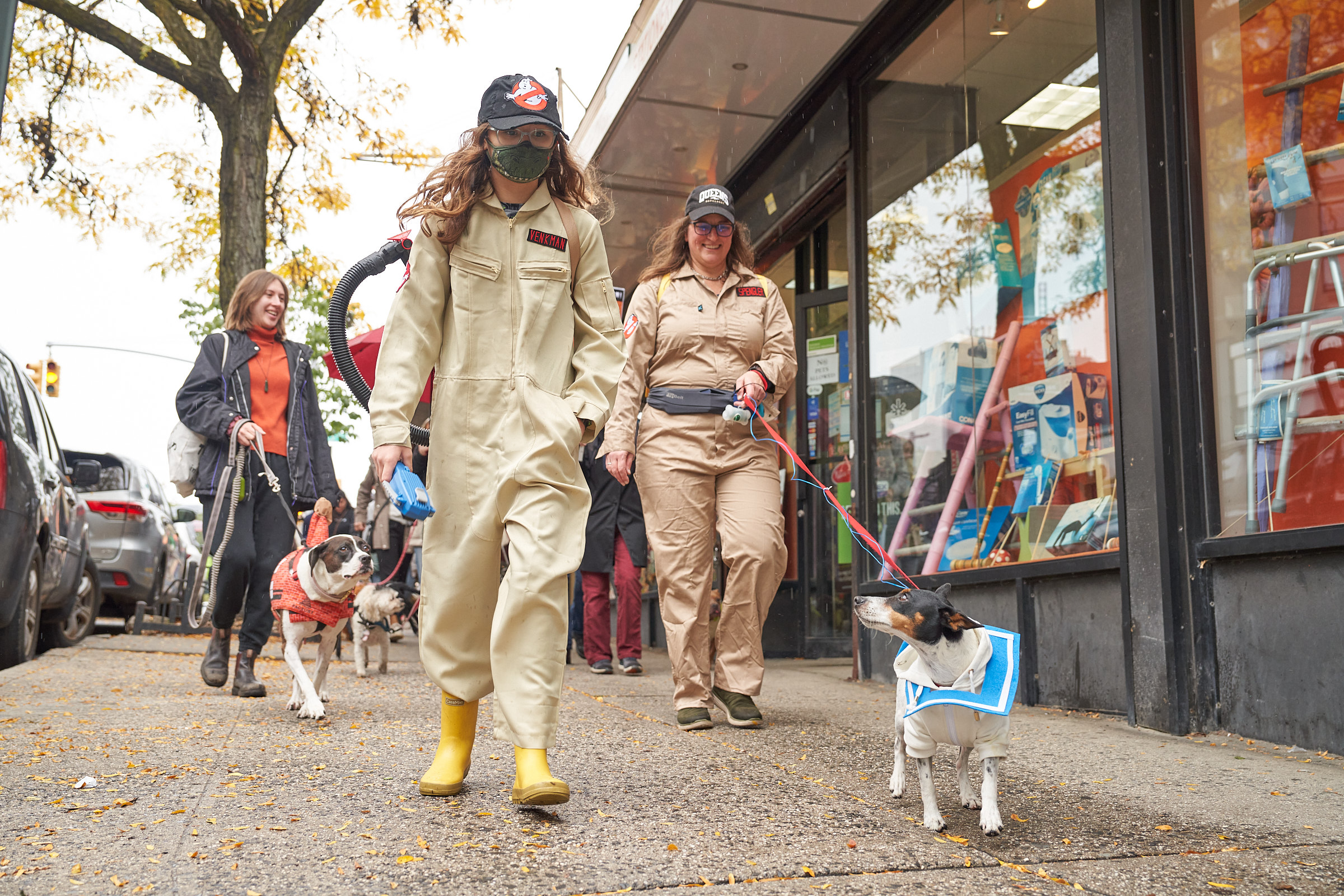

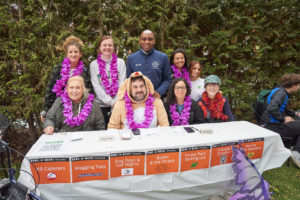 “We are going to hold him to that,” Sydell said with a laugh.
“We are going to hold him to that,” Sydell said with a laugh.